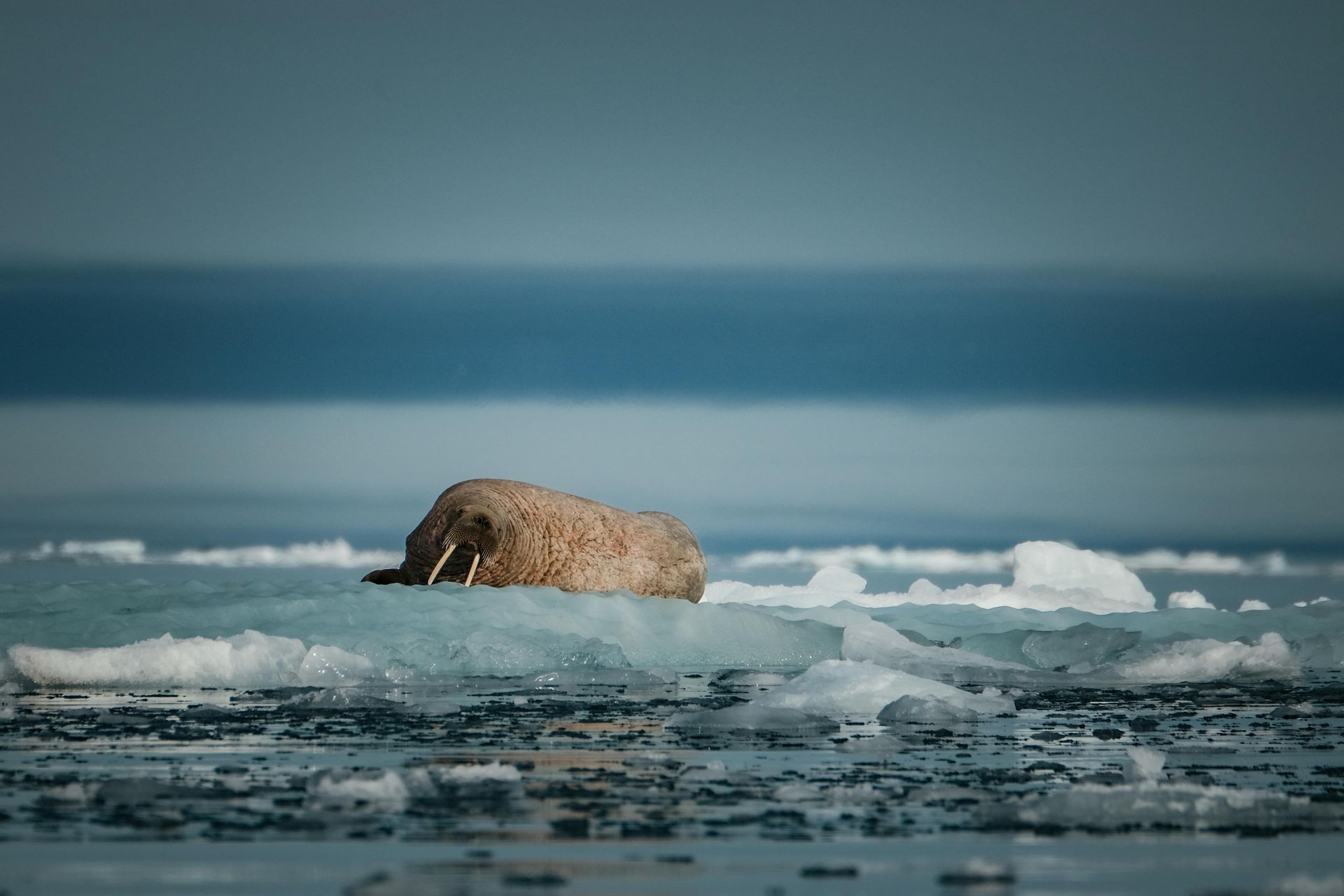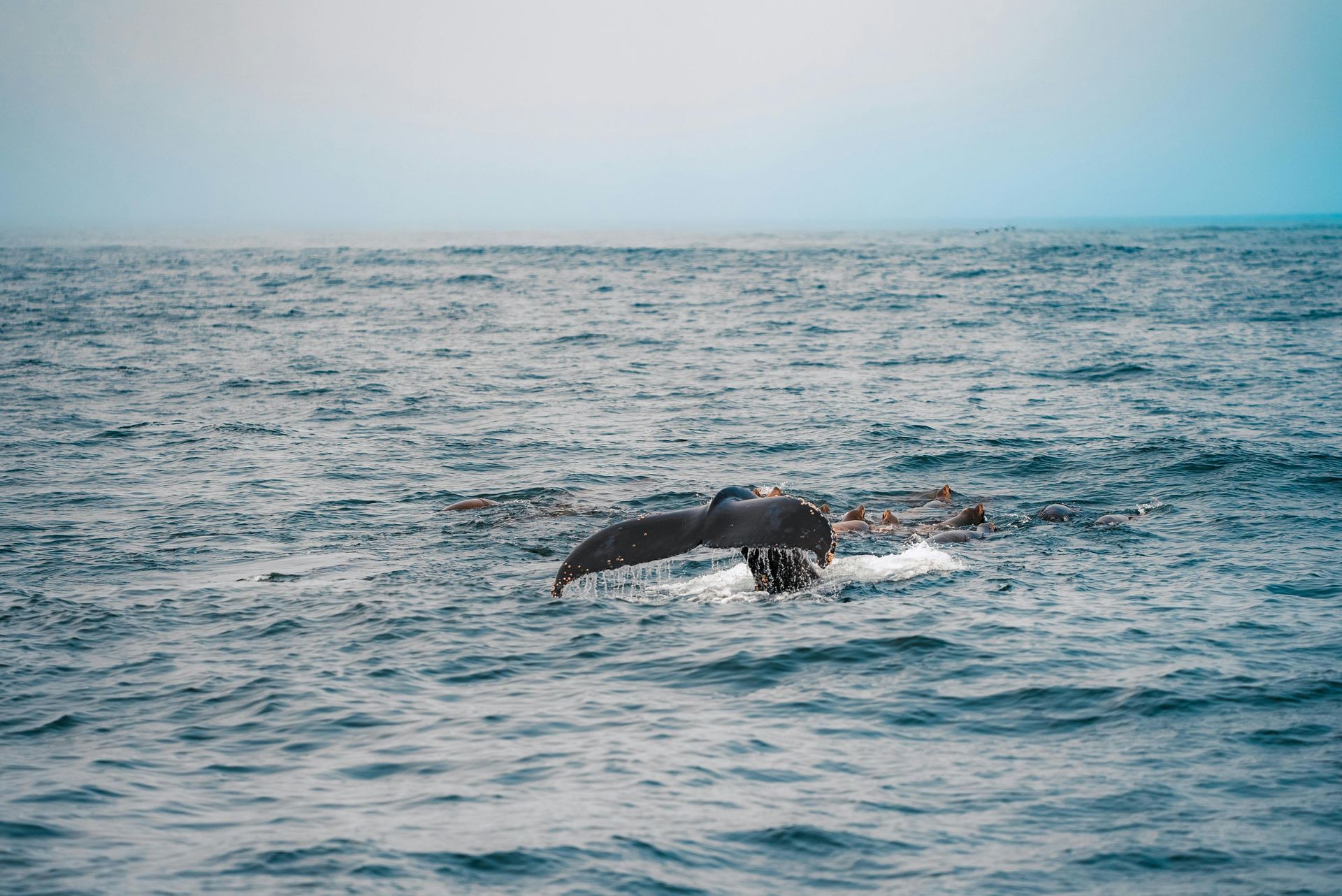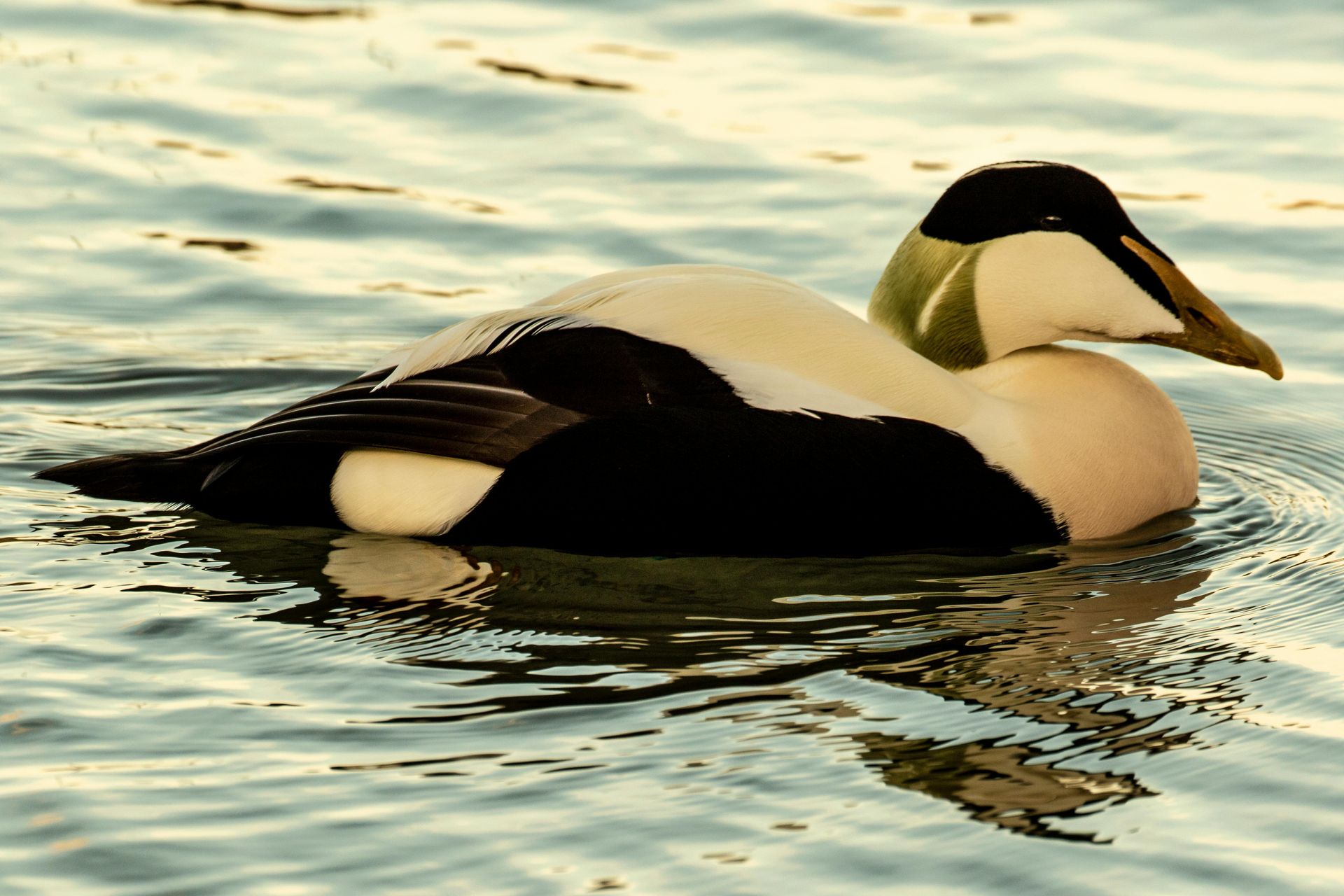Svalbard History Facts in November
Svalbard History Facts in November

November in Svalbard marks the beginning of the Polar Night, when the sun dips below the horizon and darkness envelops the archipelago. This period of continuous night provides a unique atmosphere to delve into the rich history of Svalbard, an Arctic land that has seen centuries of exploration, exploitation, and scientific discovery. The cold and dark environment mirrors the challenges faced by those who have ventured into this remote region, seeking fortune, knowledge, or refuge.
Svalbard’s early history is closely tied to the whaling industry, which began in earnest in the 17th century. Dutch and English whalers were among the first to establish whaling stations on the islands, drawn by the abundant populations of bowhead whales. These whalers built temporary settlements and processing stations where they rendered whale blubber into oil. The remnants of these early whaling stations, particularly on the island of Spitsbergen, provide a glimpse into the harsh and industrious lives of these early Arctic pioneers. The whaling era not only left physical traces on the landscape but also set the stage for further exploration and economic activity in Svalbard.
As whaling declined in the 19th century, the focus shifted to the archipelago’s rich mineral resources, particularly coal. Coal mining began in earnest towards the end of the century, with various nations establishing mines and settlements. The American John Munro Longyear founded Longyearbyen in 1906, which quickly became the largest settlement and a hub for coal mining. The town’s history is deeply intertwined with the mining industry, and many of its buildings and infrastructure date back to its early days as a mining community. The story of Longyearbyen reflects the broader narrative of industrial development and international interest in Svalbard’s resources.
Another significant mining town is Barentsburg, which has a distinct Russian heritage. Acquired by the Soviet Union in 1932, Barentsburg’s architecture and cultural life were heavily influenced by Soviet ideology. Statues of Lenin and Soviet-era buildings are still prominent in the town, offering a stark contrast to other settlements in Svalbard. The town remains an active mining community, operated by the Russian company Arktikugol, and serves as a living reminder of the Soviet era’s impact on the archipelago.
The geopolitical significance of Svalbard was highlighted during World War II. The archipelago became a strategic location for both the Allies and Axis powers, with operations such as the Allied mission Operation Fritham aiming to secure the area and disrupt German activities. The war brought destruction to some of the settlements, with several being evacuated and others suffering damage from military action. The remnants of wartime installations and equipment can still be found, adding another layer to Svalbard’s historical landscape.
The 1920 Svalbard Treaty played a crucial role in shaping the modern history of the archipelago. The treaty, signed in Paris, recognized Norwegian sovereignty over Svalbard but granted equal rights to all signatory nations to engage in commercial activities. This unique legal framework created a multinational presence in Svalbard, fostering cooperation and competition among nations. The treaty also established Svalbard as a demilitarized zone, which has been a key factor in maintaining peace and stability in the region.
Scientific research has become one of the cornerstones of Svalbard’s contemporary identity. The archipelago’s unique environment makes it an ideal location for studying Arctic ecosystems, climate change, and glaciology. The establishment of research institutions such as the University Centre in Svalbard (UNIS) and the Svalbard Global Seed Vault underscores the global importance of the region. These facilities attract scientists from around the world, contributing to a deeper understanding of the Arctic and its critical role in the global climate system.
November’s darkness in Svalbard offers a unique perspective on the archipelago’s history. The lack of daylight mirrors the isolation and challenges faced by early explorers, whalers, and miners who braved the harsh conditions. Visiting historical sites and museums during this time provides a deeper appreciation for the resilience and determination of those who have lived and worked in Svalbard. The stories of human endeavor in the Arctic are woven into the fabric of the land, creating a rich tapestry of history that continues to evolve.
Exploring Svalbard’s history in November allows visitors to connect with the past in a profound way. The enduring legacy of exploration, industrial activity, and scientific research is ever-present, offering a fascinating narrative that spans centuries. Whether visiting the remains of whaling stations, the mining towns of Longyearbyen and Barentsburg, or the modern research facilities, the history of Svalbard is a testament to human curiosity, ambition, and the enduring spirit of adventure in the face of extreme conditions.












